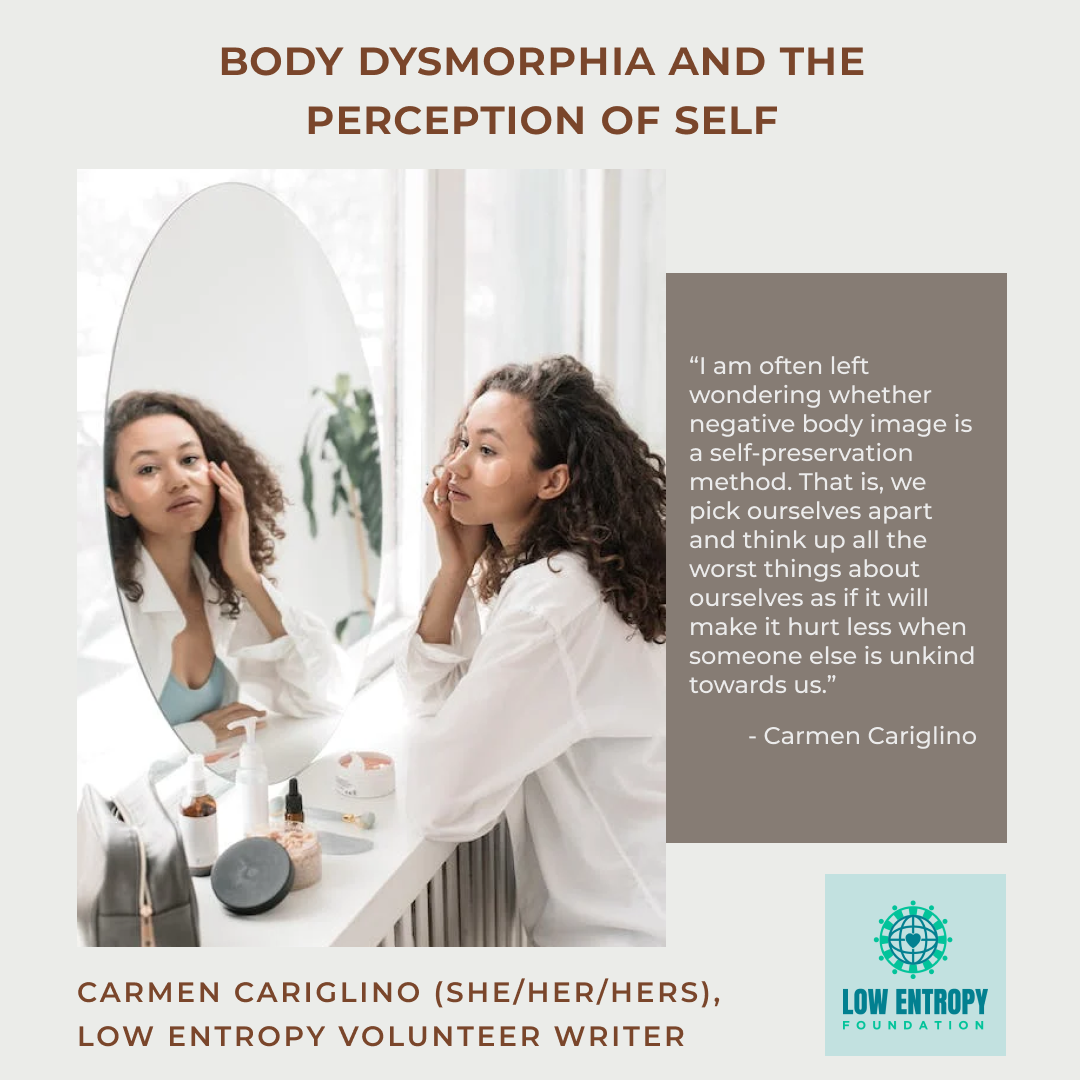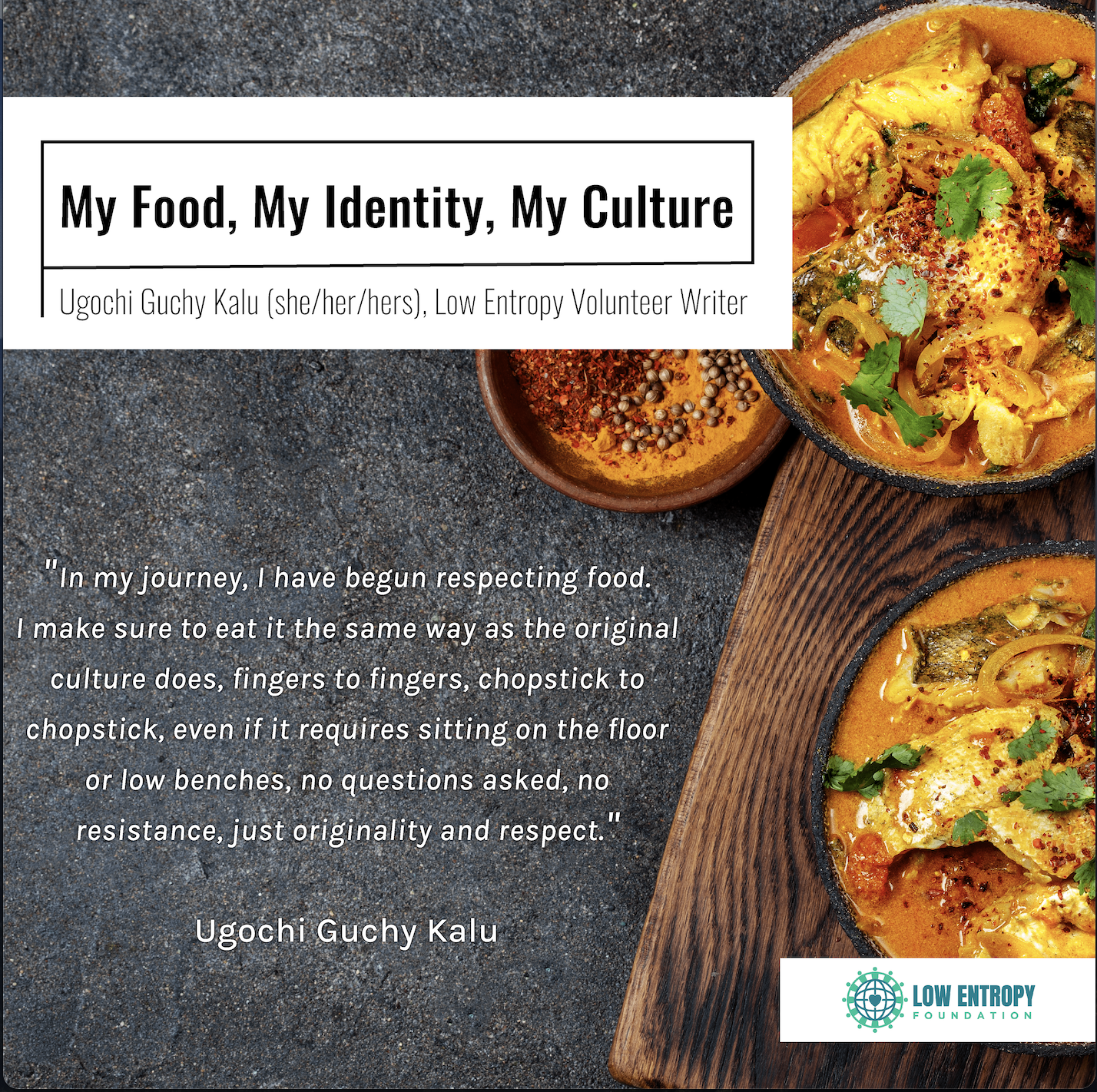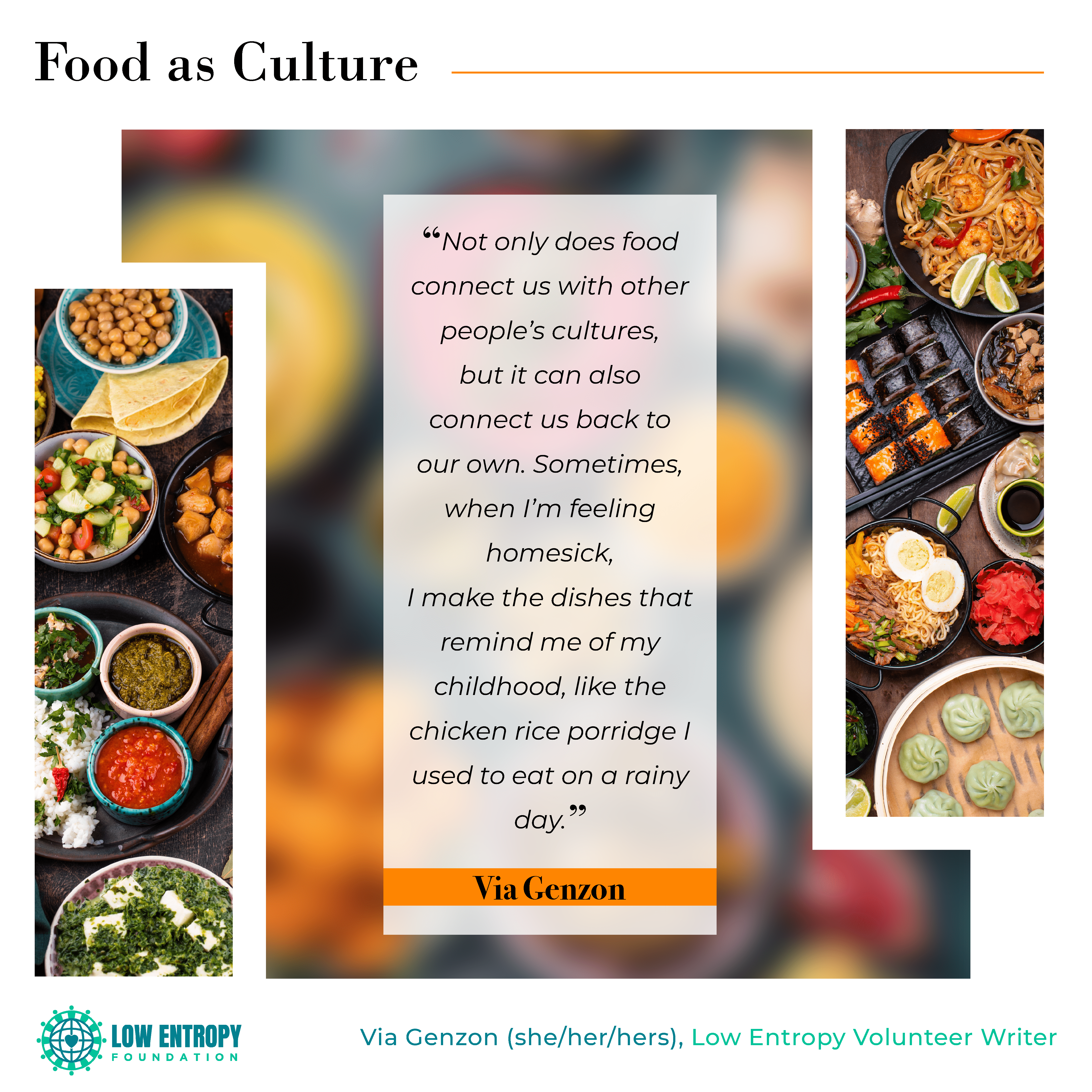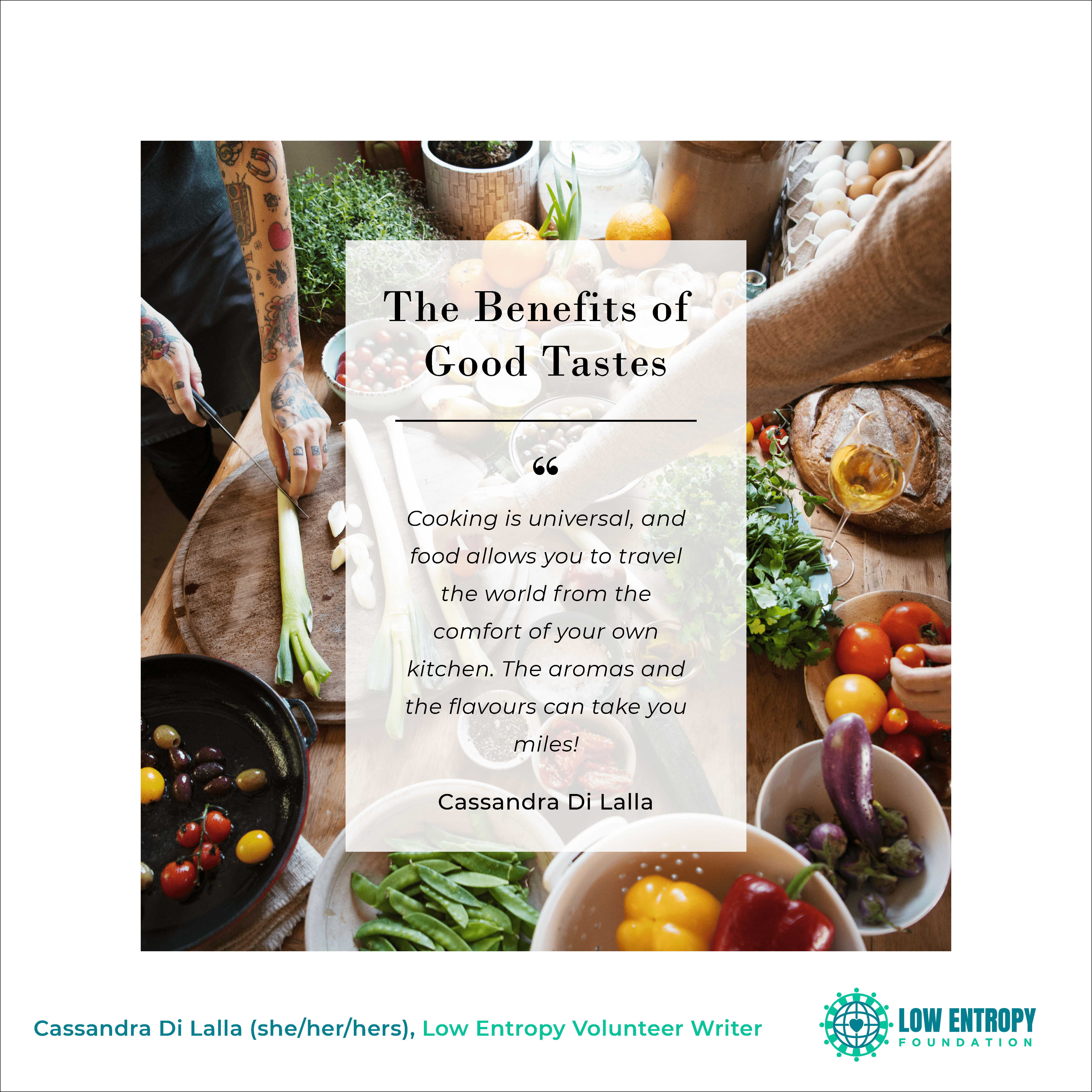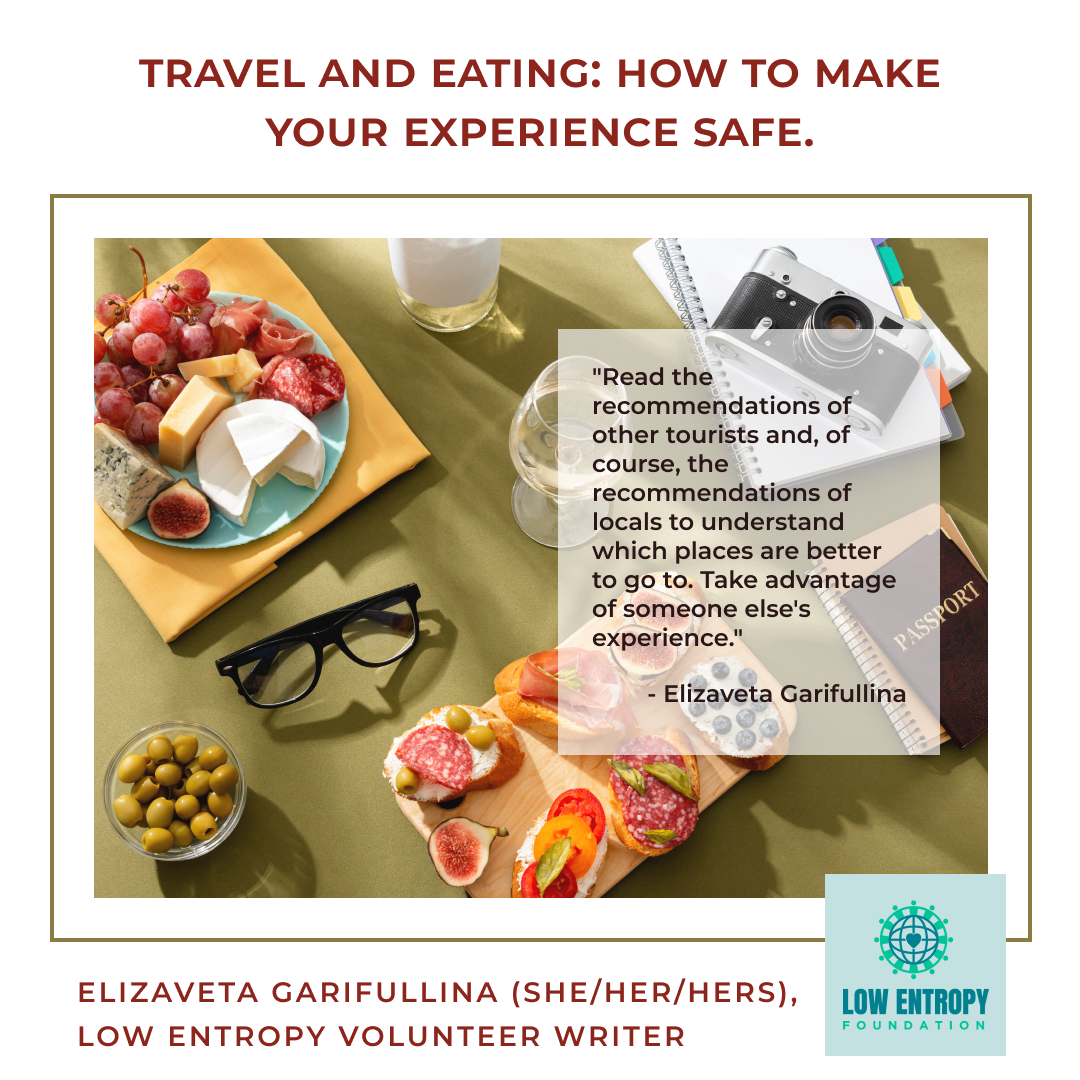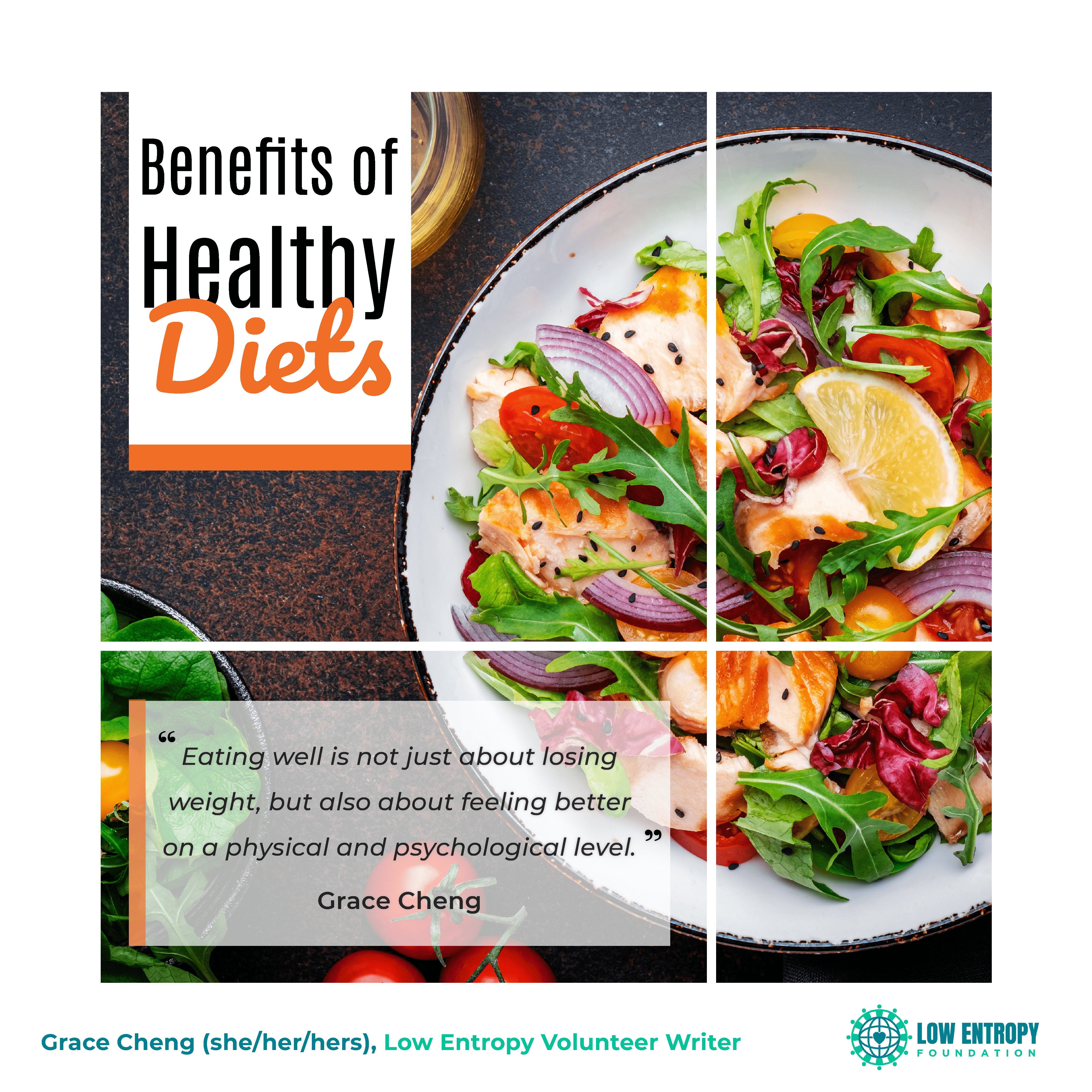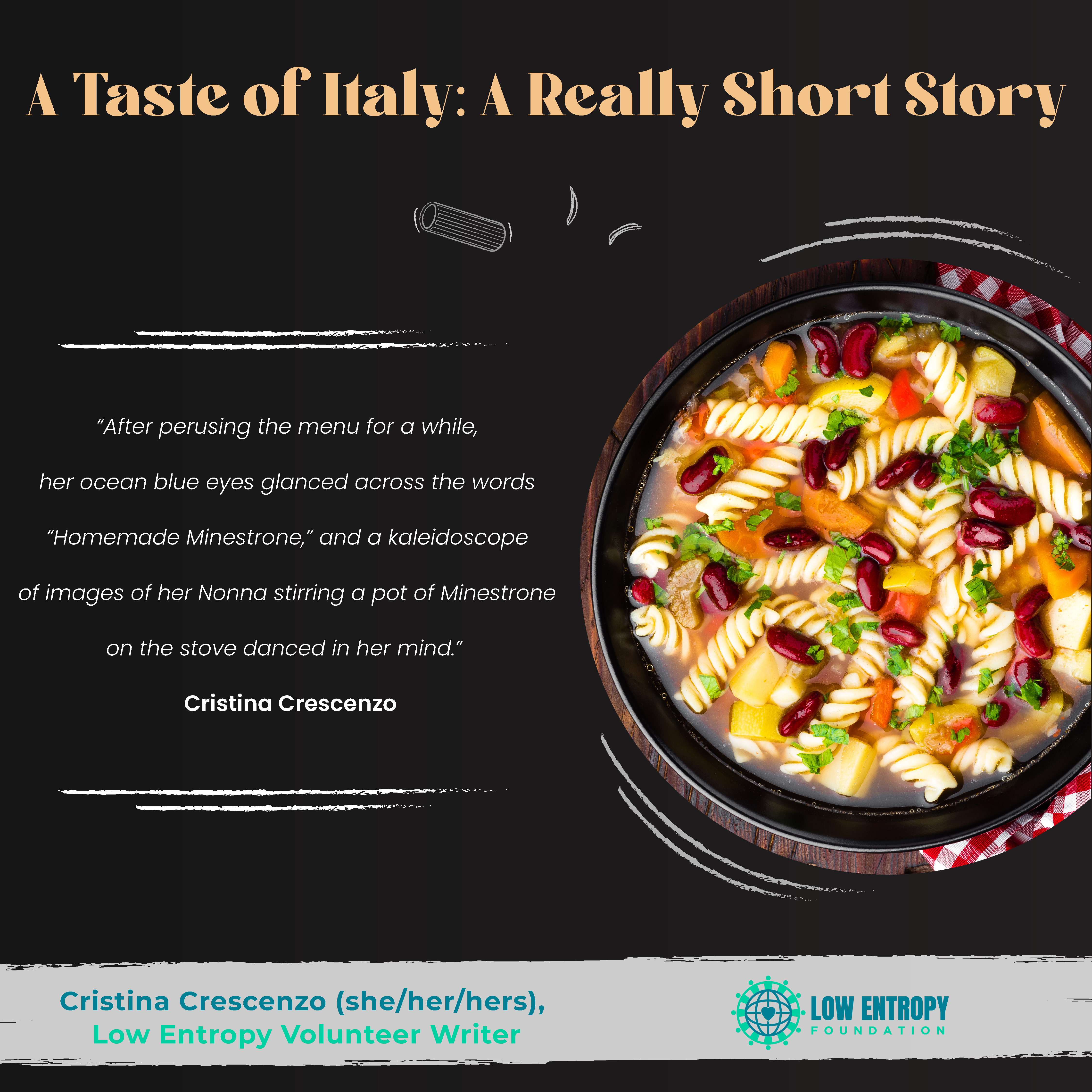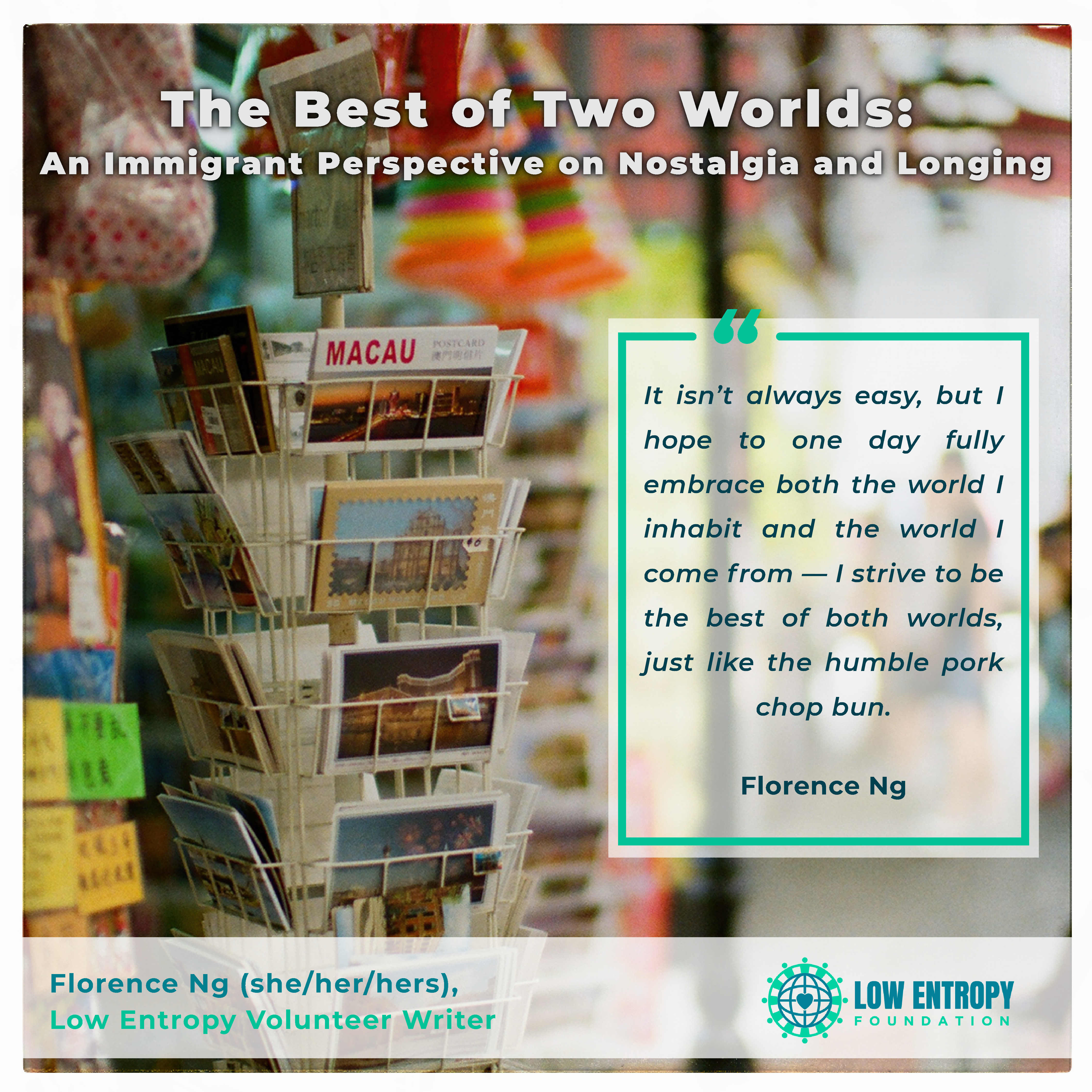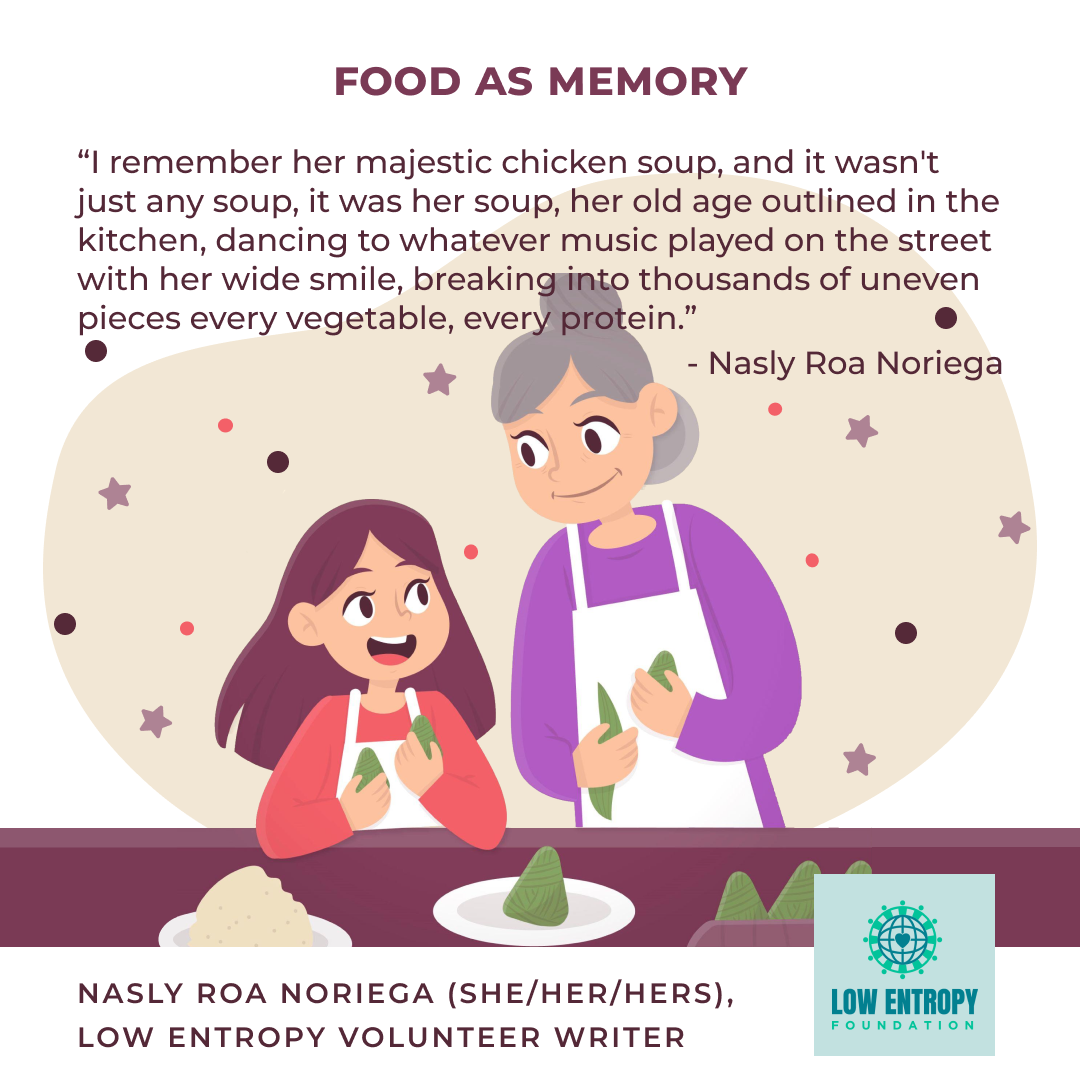Carmen Cariglino (she/her/hers), Low Entropy Volunteer Writer
Perception is a funny thing. That is to say how we interpret the world through our senses. In 2015, a viral photo of a department store dress almost broke the internet with a debate around its color scheme. After the washed-out photograph of a two-toned dress was posted to Facebook, it took less than a week for the photo to reach 10 million tweets. Some viewers were certain that the two tones of the dress appeared to be black and blue, whereas others could only see the two tones as white and gold. Friend circles, office lunch rooms and even neuroscientists debated the color of this dress, and no one could explain why it was being perceived in two different ways. With further research neuroscientists and psychologists generated theories, however there has been no true consensus to why this photographed dress caused such disagreement, and it may forever remain a mystery.
How we understand the world
It is human nature to analyze the world through our senses in order to better understand our external and internal surroundings. But what happens when these senses are distorted? We must recalculate our perceived feelings and ideas and come up with new impressions constantly as we are exposed to new stimuli. In the digital age, there is more information readily available to us than ever before, and thus our brains are constantly analyzing and reassessing incoming data. Social media platforms like TikTok, Instagram and Facebook have exposed us to more people than one could have previously ever dreamt of knowing in their lifetime, and though these platforms are designed for connection, they have ultimately fostered a negative culture of social comparison and contribute to our distorted perception of self.
The distorted perception of self
Body dysmorphia is a mental health condition where one spends a substantial amount of time worrying about flaws in their appearance, where these flaws are often minute or unnoticeable to others. The perception of self becomes distorted and an obsessive tendency occurs where, in many cases, no matter how much weight one loses, how perfect their skin looks or how toned they become, it’s never enough. Someone with body dysmorphia will continue to fixate on their perceived imperfections, as they view no positive physical change to their body.
This condition causes extreme self-consciousness and the fear of negative judgment from others. One may find themselves avoiding or putting off this judgment by withdrawing from social interactions and major life events. “I’ll go out for drinks with my friends once my skin clears up” . . . “I’ll wear that swimsuit once I’ve lost a couple pounds” . . . “I’ll smile with my teeth more once my braces are off” . . . These are unfortunately all-too-common phrases we tell ourselves, and this way of thinking can be detrimental to our mental health as it simply perpetuates negative self-talk and reinforces the idea that we are undeserving of love as the version of ourselves that we are in this present moment.
Self-distorian or Self-preservation?
I am often left wondering whether negative body image is a self-preservation method. That is, we pick ourselves apart and think up all the worst things about ourselves as if it will make it hurt less when someone else is unkind towards us. We find everything that’s wrong with us so no one else can, or at least when they do, we’ve already seen it coming. We claim this narrative that we’re saving ourselves from pain, when in reality we are simply changing the abuser. What others say cannot be controlled, however we can choose how we speak to ourselves; humans have an inherent ability to self-soothe, and a little self-kindness can go a long way. At a foundational level, all humans are imperfect (we know this to be true or else there wouldn’t be thousands of robots trying to take over our jobs), thus what is important is that we can acknowledge our flaws in order to move past them.
Food for thought
More than 70% of people are dissatisfied with their bodies, and it is no coincidence that the “health and beauty” industry is a multi-billion-dollar sector. Advertisements everywhere teach us to hate ourselves and feed off our insecurities, as it is more profitable than loving our bodies. From skin and makeup products to protein powder to weight loss plans, individuals are pressured to change their physical appearance in order to fit a health and beauty standard. Yet, we fail to question who even sets these standards and why they exist in the first place (a little hint, it’s the same people who profit from us hating ourselves XD). When we stop to think about that viral photo of the dress, what’s interesting is how it highlights subjectivity. Someone viewing the dress as black and blue objectively believes what they see as true and their mind doesn’t even consider another option; the same goes for the person who sees it as white and gold. Our brains are wired in a way that tends to perceive everything we see as correct, that is to say, as fact. However, in actuality, perception is quite subjective. We are sold this objective standard of beauty when in reality it will always be something that is quite subjective — and that is what is truly beautiful.
I’ll leave you with a little compassion . . .
I think it’s important to illustrate the idea above so that we can show ourselves some compassion. It is not our fault. It’s not our fault that we are so self-critical because that’s what we’ve been taught to do. Our society puts endless value on appearance and so it is only natural that we’re scared of what others might think of us. It is only natural that we act in ways that we believe will save us from ostracization. However, the same way that one learns self-criticism, one can learn self-love. It will not happen overnight, but day by day we can begin to be kinder to ourselves. We can surround ourselves with people who remind us that we’re loved for more than our bodies. Recall a time with friends, family or a loved one where you belly-laughed together. Linger in that feeling, that moment of time that connects you back to the people who bring relief. Relief in knowing that you are not perceived for your imperfections, but for your goofiness, kindness and all the joy you bring to this world.
—
Leave your thoughts for Carmen in the comments below. You can also follow us on Facebook, Instagram, TikTok, Twitter and YouTube to stay up-to-date with Low Entropy news!







